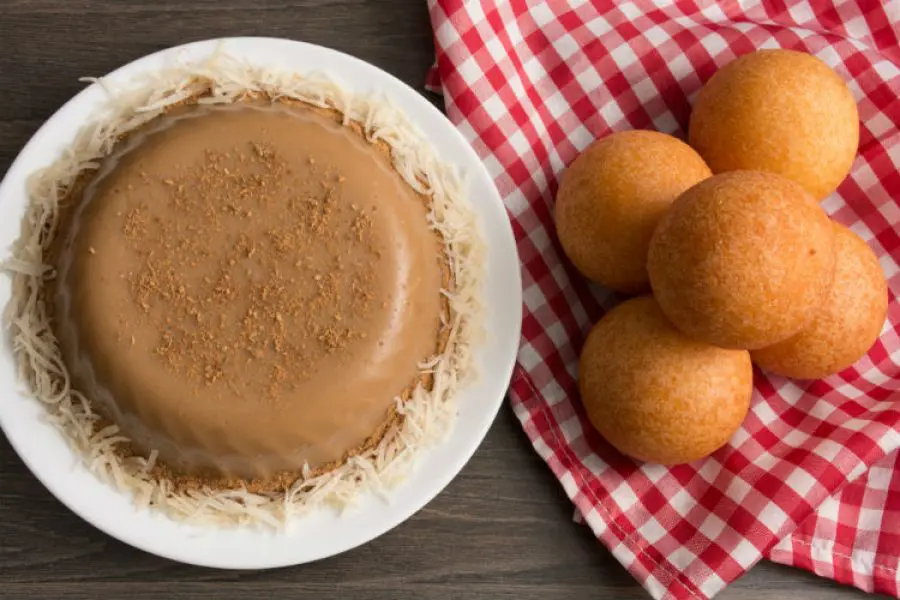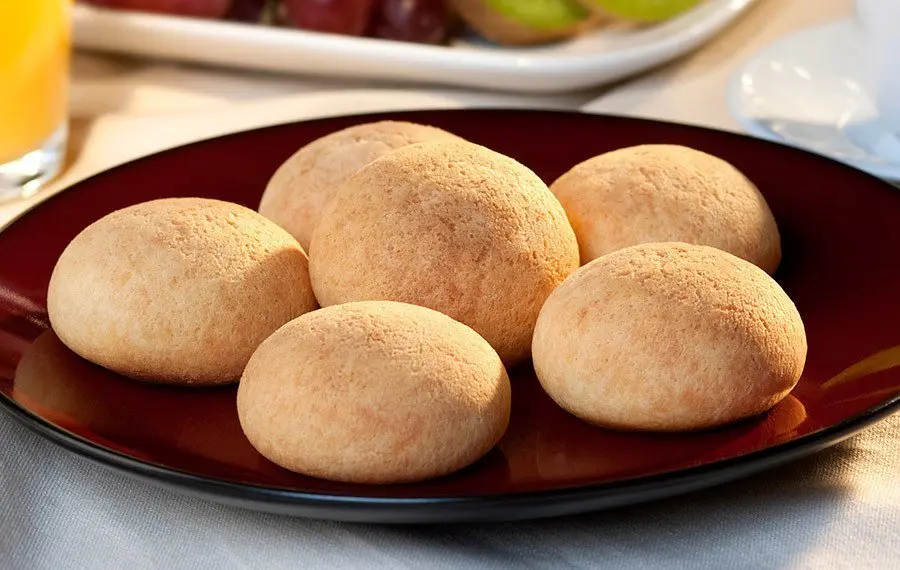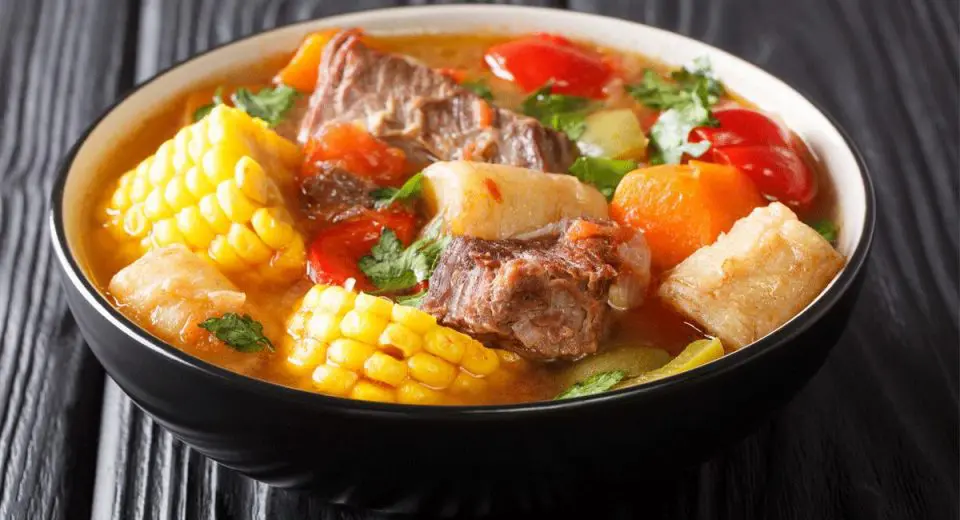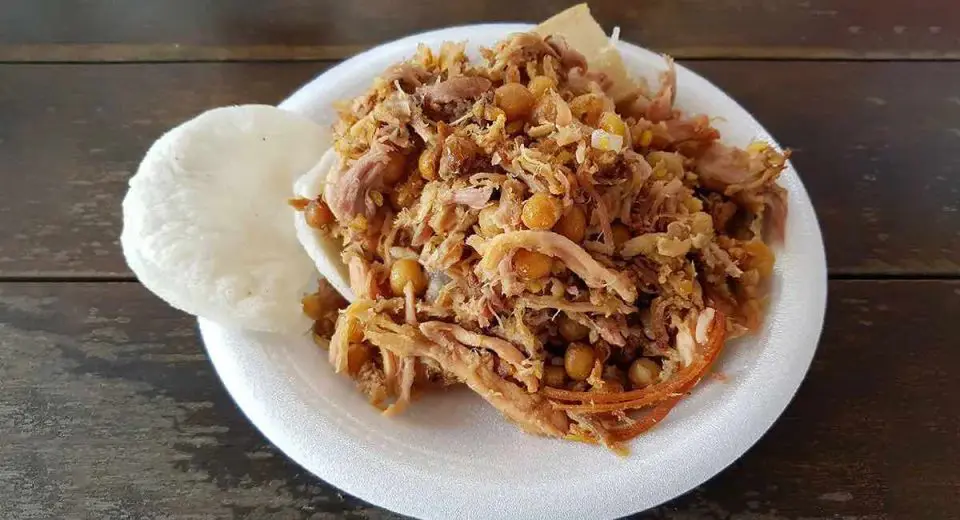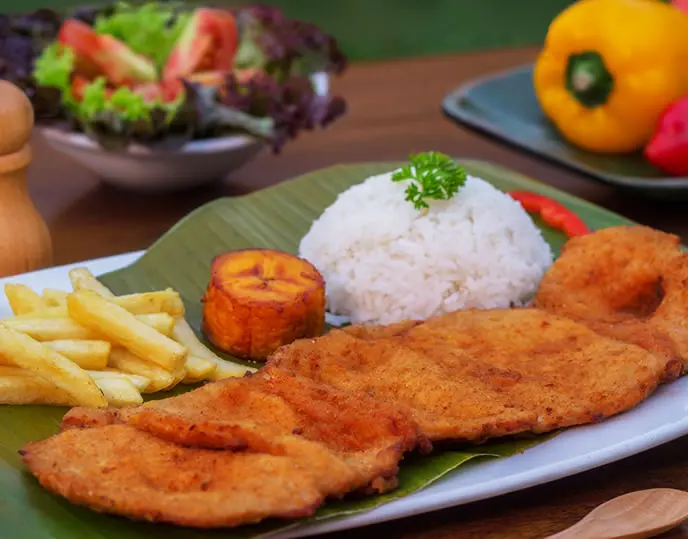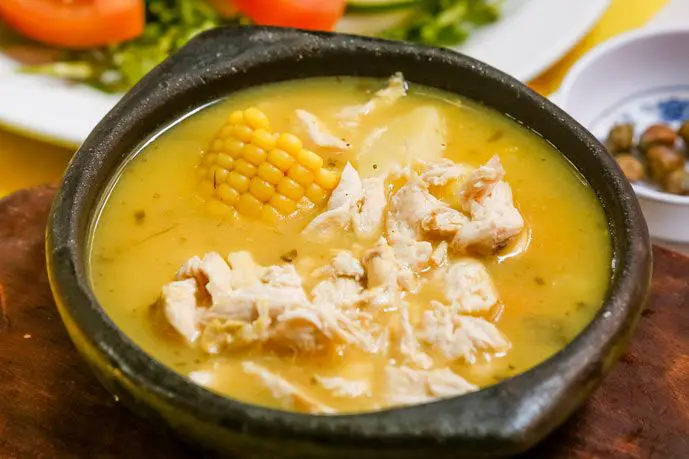As most coffee lovers know, there’s a vast number of varietals and blends available these days. However, even some of the most die-hard coffee fans aren’t familiar with the ins and outs of these many different types of coffee.
If you don’t know your arabicas from your robustas, this article is for you!
Coffee Varieties in a Nutshell
Just as you get different types of apple trees, such as Granny Smith and Golden Delicious, and different types of grapes, such as Syrah and Cabernet Sauvignon, you also get different types of coffee plant.
The flavor of the coffee depends on the area and climate in which the plants are grown.
These plant types are varietals, and each one offers a different type of body, nuance, and sweetness. The flavor of the coffee plant fruits (known as cherries) depends on the area and climate in which the plants are grown.
The genus Coffea includes more than 100 species, but only two of those species are usually cultivated to produce the beverage we know and love. Those species are Coffea arabica and Coffea canephora, also known as Coffea robusta.
Each of those species has numerous varietals. But the most basic differentiators between arabica and robusta are that the arabica has lower levels of caffeine and more complex acidity, aroma, flavor, and sweetness.
Popular Coffee Varietals
With that brief explanation out of the way, it’s time to familiarize yourself with the most popular types of coffee.
1. Typica

One of the world’s most culturally important arabica coffee varietals, Typica was planted in Latin America using beans from the Noble Tree.
The Noble Tree was the original coffee plant gifted to the King of France by the Dutch after they took several plants from Yemen. These plants were originally brought to Yemen from Ethiopia.
Best grown at high altitudes, Typica has a fruitiness, floral notes, sweetness, cleanliness of flavor, and excellent cup quality. Typica is used in the production of popular coffees, such as Jamaican Blue Mountain and Kona.
2. Bourbon

When most people hear the word Bourbon, they think of the distinctively flavored American-made whiskey. However, in the world of coffee, the Bourbon varietal is a natural mutation of Typica.
Another globally important arabica plant, Bourbon, was also taken from Ethiopia to Yemen. During the 18th century, the French took seeds to Ile Bourbon, now known as Reunion Island. The following century, Bourbon plants were introduced to various African and Latin American countries.
This varietal is famous for its fantastic cup quality and has more sweetness and complexity than Typica.
3. Pacamara

Pacamara is a hybrid of the Pacas and Maragogype varietals created by the Salvadoran Institute for Coffee Research in 1958. On the whole, this cultivar has excellent cup quality, unusual flavor and aroma combinations, and elegant acidity.
Pacamara coffee beans are grown in African countries such as Burundi, Ethiopia, Kenya, Malawi, and Rwanda as well as in South America, though the flavor might differ slightly. African-grown Pacamara coffe beans have a fruitier, lighter flavor profile characterized by berry, citrus, honey, plum-like, and floral notes, while those grown in South America have a greater balance between bright and dark notes.
Beans from El Salvador, Guatemala, and Peru have caramel and vanilla-like sweetness, while those from Brazil, Colombia, Mexico, and Nicaragua have similar notes with an added chocolate and hazelnut flavor.
Pacamara beans from Asian countries have spicier, darker notes. Those grown in East Timor and India have dominant notes of chocolate, and beans grown in Java have tobacco notes. Beans from Vietnam have notes of nuts and spices, and Sumatra-grown beans have notes of licorice.
4. Gesha

The Gesha varietal was first discovered in Ethiopia’s Gori Gesha Forest in the 1930s. By the 1950s, the plant had reached Panama.
Almost ignored by coffee producers for decades, Gesha piqued new interest in 2004, when it received exceptionally high marks at a Best of Panama competition and broke the record for a green coffee auction price when it sold for more than $20 per lb.
Gesha produces coffee with delicate jasmine floral notes and light flavors of stone fruit.
5. Caturra

A mutation of the Bourbon plant, the Caturra varietal is popular with Brazilian farmers and coffee drinkers. It’s easy to brew at home and it’s often served in restaurants too. The beans produce a coffee that’s similar in flavor to Bourbon, but with brighter acidity and less clarity.
6. Catimor

The Catimor varietal parentage includes Caturra and Timor Hybrid, the latter being part arabica and part robusta. The beverage produced from Catimor beans has a more pronounced bitterness and higher levels of caffeine and is becoming increasingly popular among coffee connoisseurs.
7. Robusta SE

Robusta originates in Africa and was discovered in the 1800s. Unlike its arabica counterpart, it flourished in sub-Saharan regions as it’s an extremely hardy, disease-resistant plant. Today, it’s grown predominantly in Africa, Latin America, Southeast Asia, and Vietnam, with Vietnam being the biggest producer in the world.
The robusta SE varietal is considered a purebred line and is extremely high quality. The beans are very small, yet they’re solid and well-textured, which ensures they’re full of flavor.
Robusta SE produces coffee that has a high caffeine content with smooth, nutty, chocolate notes. It’s a bold beverage and a favorite of coffee drinkers who want that extra kick. In Vietnam, it’s often served with condensed milk, which adds a sweetness that perfectly complements its flavor profile.
Although it was originally used in instant coffee and espressos that catered to the lower end of the economic scale, robusta has been making headway in the beverage industry. Brands such as Starbucks and Dunkin’ Donuts use it in many of their drinks, and Nescafe uses it in their Classic and Gold instant coffees.
With robusta SE delivering an intense yet enjoyable drinking experience, this varietal is changing the way consumers view this type of coffee for the better.
8. Jamaican Blue Mountain

One of the world’s most expensive coffees, Jamaican Blue Mountain coffee is made exclusively from arabica beans (Typica) grown only at altitudes between 2,000 and 5,000 feet in Jamaica’s Blue Mountain region.
The flavor is rich, strong, and smooth, with hints of chocolate, floral undertones, and a creamy aftertaste. There are no nutty or fruity undertones in this coffee, which is used as the base for Tia Maria liqueur.
Several grades of this gourmet coffee are available, the most prized of which is Jamaican Blue Mountain 1, retailing at more than $25 per lb. This is the kind of coffee that requires a well-trained barista, as every drop is pure caffeinated gold.
9. Hawaiian Kona

Hawaiian Kona, an arabica plant, is grown exclusively in the North and South Kona regions of Hawaii’s Big Island.
The climate of mild nights, bright and sunny mornings, and humid afternoons results in a coffee that’s medium-bodied, rich, slightly acidic, and has a heady aroma and delicate but unique flavor that no other coffee can replicate. Hawaiian Kona coffee retails at between $20-25 per lb, making it one of the most expensive types of coffee in the world.
Similar to the growers of Jamaican Blue Mountain, Kona growers protect their right to market their coffee under the Kona name.
Only coffee grown in the South and North Kona regions of Hawaii is given the Kona label. Expect to pay $20-25 per pound for Kona coffee, and be wary of cheaper ‘Kona blends’, which may contain up to 90% coffee beans other than Kona coffee beans.
10. Ethiopian Yirgacheffe

Grown in Ethiopia’s Yirgacheffe region, the different varietals (all arabica) that go into Ethiopian Yirgacheffe coffee create a full-bodied, dark coffee with a bold and full flavor known for citrusy, earthy, and fruity undertones and a low acidity, giving it richness and smoothness.
These beans are more responsive to different levels of roasting than other beans, which gives rise to unique flavor profiles. Despite Ethiopian Yrgacheffe being one of the world’s best coffees, it retails at $15 or less per lb.
While these are some of the most popular coffee varieties, there are many others for you to discover and enjoy on their own, paired with food, or simply to give you that much-needed morning caffeine buzz.
The post Coffee Varieties Explained: Arabica vs Robusta & More appeared first on Chef's Pencil.
from Chef's Pencil https://ift.tt/4xeZHL7
via https://chefsspenncil.blogspot.com







